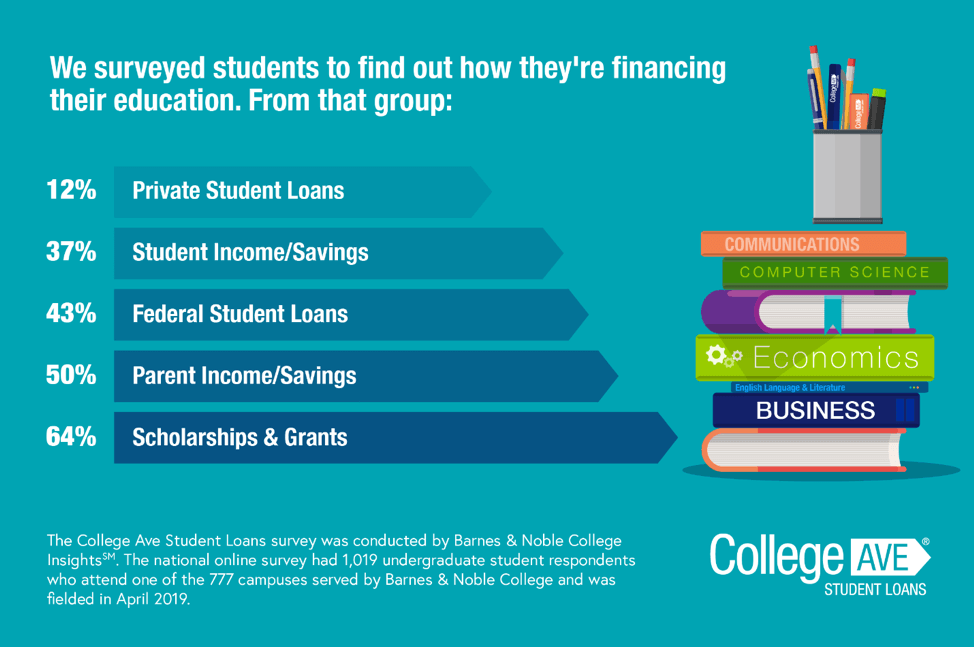
Boethius, a Greek composer, wrote the Fundamentals of Music as an ancient text. It was written around 500 AD and represented the Classical authority on music during the Middle Ages. While the Greek writings that Boethius based his work on were not read until the 15th century, the text reveals the mathematics behind tuning systems, the moral character of certain modes, and the history of plainchant.
Elements Music
Music's elements give songs their soul and emotion. Human connection is perhaps the most important element of music. A piece of music can transport a listener to another world. You, as an artist, have the responsibility to learn how these elements work together so that you can make your music better.

Harmony
Harmony is a concept that relates musical tones. This relationship is obvious to the human ear. This concept can also be expressed in simple scientific methods. Pythagoras, one of the first scientists to demonstrate this relationship, was also the first. In his famous experiment, he strung a string and then plucked it. He divided each note by an arithmetical ratio to determine the distance between them.
Pitch
The fundamental frequency of a musical tonal tone is the lowest possible frequency. This frequency is recognized as a specific pitch by the ear. This frequency is displayed as the displaystyle s-1 (also called Hertz).
Rhythm
Rhythm describes the organization and arrangement of music's many elements. It can occur in melody or accompaniment. It is expressed using a mixture of short and longer durations, called measures. For instance, a song with a simple measure sounds straight. A song with a compound measurement sounds "swung" and "changed".
Texture
Musicians can use a variety if techniques to create different textures. One technique that is used to achieve different textures is resonation. This technique produces sound by varying the levels of density in different voice types. The texture is affected by several factors including the size and timbre, dynamics, and articulation. Another important factor is rhythmic complexity. A majority of music is not unified in one texture.

Articulation
Music performance is incomplete without articulation. There are many different types of articulation. Each has its own characteristics. These characteristics include loudness. Timbre. Intensity. The most prominent characteristic of articulation refers to the length. It is what determines how long a note will last. A string player may accent one note by playing it harder and faster than usual. This can create a louder sound.
FAQ
What does it take to be a teacher of early childhood education?
Special training is required for teachers in early childhood education. Most states require teachers to be certified by their state boards before they can work in public schools.
Some states require teachers who teach math or reading to pass tests.
Some states require that teachers have completed a minimum number of courses related to early childhood education.
Most states set minimum requirements for what a teacher should know. However, these requirements vary widely between states.
What's the difference between private and public schools?
All students have access to public schools at no cost. They offer education for kindergarten through high school. Tuition fees for private schools are payable by each student. They provide education for students from pre-school through college.
There are also charter schools, which are publicly funded but privately run. Charter schools don’t follow traditional curriculum. They allow students more freedom to discover what interests them.
Charter schools are popular among parents who believe their children should have access to quality education regardless of financial status.
What is a "Trade School"?
Trade schools can be an alternative for those who have not had success in traditional higher education to obtain a degree. These schools offer career-focused programs that prepare students for specific jobs. These programs require students to complete two years of coursework in one semester. After that, they enter a paid apprenticeship program in which they acquire a job skill and get on-the-job training. Trade schools can include technical schools, community colleges and junior colleges as well as universities. Some trade schools also offer associate degree programs.
How long does it usually take to become a early childhood teacher?
To complete a bachelor's in early childhood education, it takes four years. Two years are required to take general education courses offered by most universities.
After you have completed your undergraduate education, you can usually apply to graduate school. This step allows for you to specialize in one area of study.
For example you could focus on child psychology, or learning disabilities. After earning a master's, you must apply to a teacher preparation program.
This process can take many years. This period will be filled with learning opportunities and collaborations with educators.
You will also need to pass state exams in order to become a teacher.
This process is lengthy and you will not be able instantly to enter the workforce.
What are some ways you can get scholarships?
Scholarships can be granted to help cover college expenses. There are many types to choose from. These are:
-
Federal Grants
-
State Grants
-
Student Loans
-
Work Study Programs
-
Financial Aid
Federal grants are directly issued by the U.S. government. Federal grants are subject to certain conditions. You will need to prove financial need.
Each state offers state grants. State grants can be offered by each state based upon financial need, while others are given for specific purposes.
Banks and other lending institutions issue student loans. Students usually borrow money to cover tuition and living costs.
Employers can use work-study programmes to attract qualified students. Employers must pay at least the minimum wage to their employees.
Financial aid covers the majority or all of the tuition costs for low-income families.
Statistics
- Globally, in 2008, around 89% of children aged six to twelve were enrolled in primary education, and this proportion was rising. (en.wikipedia.org)
- Among STEM majors, that number is 83.5 percent. (bostonreview.net)
- They are more likely to graduate high school (25%) and finish college (116%). (habitatbroward.org)
- Data from the Department of Education reveal that, among 2008 college graduates, 92.8 percent of humanities majors have voted at least once since finishing school. (bostonreview.net)
- In most developed countries, a high proportion of the population (up to 50%) now enters higher education at some time in their lives. (en.wikipedia.org)
External Links
How To
Why homeschool?
There are many things to take into consideration when making the decision to homeschool your child or send him to school.
-
What type of education do you want for your child? Are you looking for academic excellence, or social skills?
-
What degree of involvement would you prefer to have in your child’s education. Do you prefer to keep informed about the activities of your child? Do you prefer to keep informed or let your child make the decisions?
-
Does your child have special needs? What can you do to help your child with special needs?
-
Is it possible to manage your child’s schedule? Are you able to commit to teaching your child at-home every day?
-
What subjects will you be covering? Math, science, language arts, art, music, history, geography, etc. ?
-
How much money can you afford to educate your child?
-
Is your child old enough?
-
Where will you house your child? This means finding enough space to accommodate a classroom, and providing sufficient facilities such as bathrooms.
-
What's your child's average age?
-
When is your child supposed to go to bed?
-
When does he/she wake up?
-
How long does the journey take from point A, to point B?
-
How far away is your child's school?
-
How far are you from your child’s school?
-
How will you transport your child between school and home?
-
What are some of the advantages of homeschooling?
-
What are their disadvantages?
-
Who will look after your child outside?
-
What are you expecting from your child's education?
-
What type of discipline do you want?
-
What curriculum will you use?
There are many reasons why people decide to homeschool their children. These are just a few of the reasons why people choose to homeschool their children.
-
Your child might have learning disabilities that make it difficult for him/her to attend traditional schools.
-
You are looking for an alternative method of education for your child.
-
You would like more flexibility with your scheduling.
-
High tuition fees are not something you want to pay.
-
Your child receives a better education than what he/she would get in a traditional school setting.
-
You believe you can teach your children better than any teacher in a traditional school setting.
-
The school system is not what you like.
-
The school system's rules and regulations make you feel uncomfortable.
-
You want your child with a strong work ethic.
-
You want your child's freedom to choose the courses they take.
-
You want individualized attention for your child.
Other benefits of homeschooling include the following:
-
There is no need to worry about uniforms, books, pencils, paper, or supplies.
-
Your child can be educated according to their interests.
-
Parents can spend more time with their children when they homeschool.
-
Homeschooled children tend to learn quicker because they are not distracted from their peers.
-
Homeschoolers often score higher on standardized tests.
-
Homeschool families tend be happier overall.
-
Homeschool students are less likely to drop out of school.